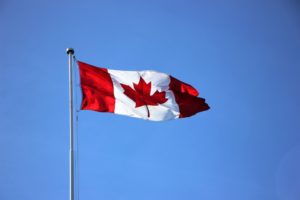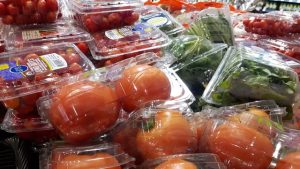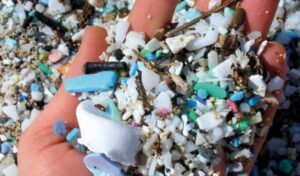- Regulatory Tools
- Circular Economy
- Government
- Government Policy
- Labelling
- Recycling
- Policy
- Strategy and Policy
- Take Action
- National
Proposed changes to blue box program make sense
Changes proposed for the Blue Box recycling program would see producers paying the full cost, in essence closing the loop from manufacturing to disposal.
That’s a good idea in that it not only relieves municipalities of the cost, but provides the industry with a larger incentive to reduce packaging and make it more recyclable.
Ontario municipalities currently spend about $130 million a year in a 50-50 cost-sharing arrangement with the producers of items that end up in the recycling stream. Having the industry pay the full freight has been a longstanding goal, and one now recommended in a report presented last week to the provincial government.
Queen’s Park has been busy overhauling various elements of the waste management stream, from phasing out the Ontario Electronic Stewardship and the Waste Electrical and Electronic Equipment (WEEE) Program (Dec. 31, 2020) to developing new regulations for electrical and electronic equipment and batteries under the Resource Recovery and Circular Economy Act.
In that light, it seems likely that province will move on the new recommendations.
Full producer responsibility makes the most sense, putting the onus on the industry to reduce the amount of packaging material and standardize it so that materials are more easily recycled. Today, one the biggest headaches for municipal programs stems from ever-changing materials that may have little if any recycling potential. Such materials often wind up in landfill sites.
By making those who make the good responsible for the end-of-life options – reuse or recycling among them – the goal is to have the industry make better choices. And that’s likely to involve financial savings, as there will be a big incentive to pare down costs versus the current municipal-led arrangement.
Just what form the changes will take remains to be seen. Curbside collection is likely to continue, though the eligible materials may vary. And there may be some expansion of the deposit-return system (think beer and liquor bottles) or something akin to the environment fees formerly attached to some products such as electronics.
Whatever the ultimate plan, we can be sure the government is eager to avoid the controversies that plagued earlier iterations, such as eco fees. Though early moves had their merits, the rollout invited blowback on Stewardship Ontario, itself subject to change just now.
Industry run, Stewardship Ontario is not a government agency, but is regulated by it. Created in 2004, its mandate is to oversee the Blue Box program, expanding in 2008 to encompass the Municipal Household and Special Waste program, which saw so-called eco fees introduced on a handful of items. That list expanded to 22 categories of goods deemed to require special handling at the end of their useful lives.
For the most part, we don’t pay up front for the lifecycle of the products we buy. Neither do the makers of goods such as batteries (full of heavy metals), corrosive cleaners (toxic chemicals) or aerosols (particulates).
Typically, the costs of waste collection – later augmented by recycling – and pollution have simply been what economists call externalities: someone other than the manufacturer picks up the costs. That someone is the collective we: our taxes pay for waste management – curbside garbage collection, recycling facilities and landfill sites – and for the health care costs that come from a polluted environment. Individually, we pay with our wallets and with our health. The particulate matter in the air so prevalent on smog days comes with a cost not paid for by the manufacturers pumping the stuff out of their smokestacks.
With the latest report, the province is looking to move in a different direction.



